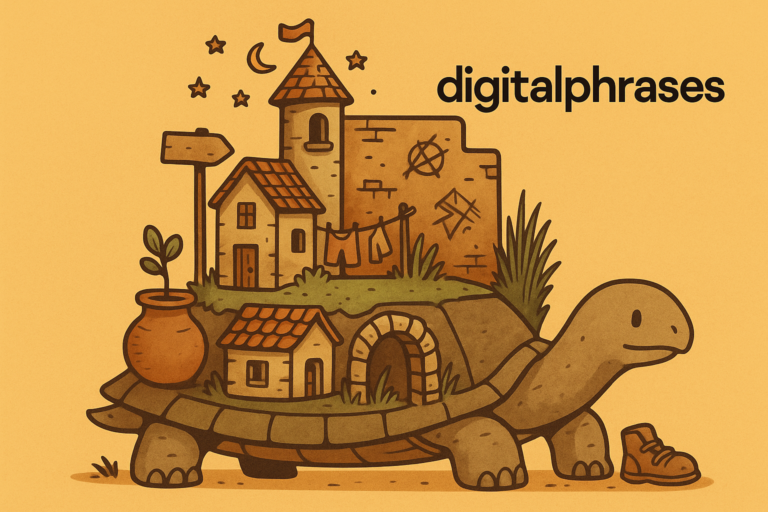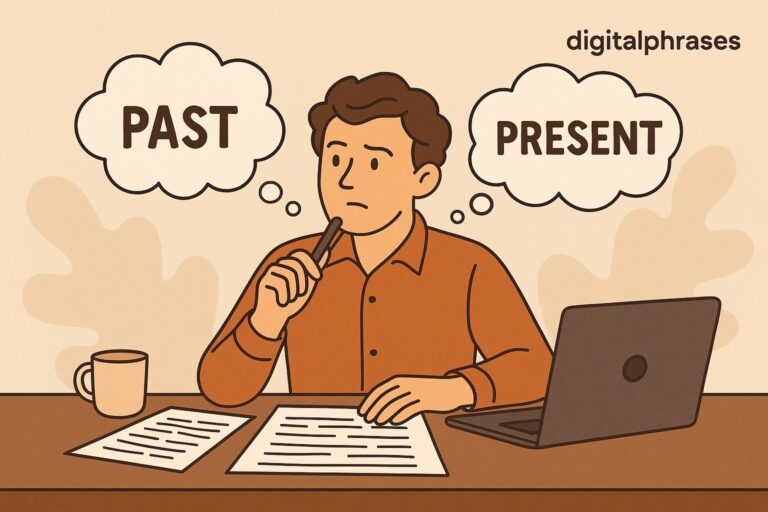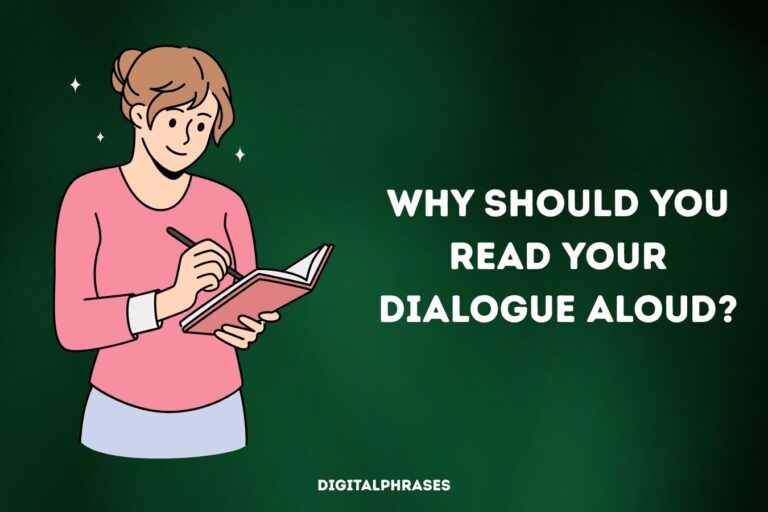How To Weave a Theme Into Your Novel Without Being Preachy
I’ve read (and written) brilliant stories that stumble because the theme is trying too hard to be heard—like it’s holding up a neon sign saying, “Did you catch the point yet?”
The truth is, a powerful theme doesn’t need to shout—it hums under the surface. Think of Never Let Me Go by Kazuo Ishiguro. The theme of mortality isn’t spelled out in monologues; it leaks through every quiet moment, every denied dream.
Or Station Eleven, where hope and art matter more than survival itself—without ever saying that out loud.
What I’ve found—and what this piece digs into—is that theme is best handled like subtext: always present, never imposed. So let’s talk about how to do that. Not the basics—we’re past that. I’m talking character-driven resonance, thematic worldbuilding, and structural echoes that whisper rather than preach.
If you’ve ever asked yourself, “How do I say something without saying it?”—you’re in the right place.
Subtle Thematic Weaving Mechanics That Work
Let’s get into the real craft of it. If you want your theme to resonate without turning your novel into a TED Talk, it needs to live inside the story’s bloodstream—not hang off it like a decorative scarf.
I’ve seen writers try to tackle big themes—grief, freedom, identity—and end up overexplaining. But readers (especially the savvy ones) don’t want to be told what to think. They want to discover it for themselves. So let’s talk technique—not abstract theory, but actual story-level mechanics that pull weight without pulling focus.
Show, Don’t Tell—But Smarter
We all know “show, don’t tell.” But when it comes to theme, showing means consequences. Theme comes through in how the world reacts to a character’s choices, not in the characters explaining why something matters.
Take The Road by Cormac McCarthy. There’s no explicit message about paternal love or hope in hopelessness. But we feel it because the father’s actions—small and repetitive—never waver. That constancy is the theme.
Pro tip: Every meaningful action is a carrier of theme. If a character steals, lies, forgives, or sacrifices—ask what idea that’s reinforcing. Don’t say it. Show it. Then let it land.
Let Subtext Do the Heavy Lifting
Subtext is where theme thrives. It’s the unsaid, the tension humming underneath. When you hand the theme over to subtext, you’re trusting the reader to meet you halfway, and that’s exactly where the magic is.
Think of Mad Men. Don Draper never talks about identity, self-destruction, or the cost of reinvention. But every scene is steeped in those ideas. His silences, his deflections, the way he can’t quite connect—that’s the story telling the theme without scripting it.
Characters as Theme Vessels (Not Mouthpieces)
Your protagonist doesn’t need to declare the theme—they should embody it. Better yet, each major character should represent a different argument about the theme.
Let’s say your theme is “freedom vs. security.” One character might sacrifice freedom for comfort. Another might burn their life down just to be free. Another might not even realize they’re trapped. Through contrast, the reader sees all sides of the idea—and draws their own conclusion, which is way more powerful than yours.
Watch out for this trap: If a character starts “explaining the point” in dialogue, especially during a climax or emotional scene, you’ve probably gone preachy.
Worldbuilding That Reflects Your Core Idea
This is one of the most underused tools for theme, especially in genre fiction. Your world—its rules, systems, even its weather—can reinforce your theme if you build it with intention.
In The Hunger Games, for example, the Capitol’s decadence isn’t just set dressing. It’s a visual, cultural, and political contrast to Katniss’s world—highlighting the theme of inequality and rebellion without spelling it out.
Ask yourself: What does my world value? What does it punish? Who thrives in it, and why? The answers to those questions are deeply thematic.
Conflict as Thematic Pressure Cooker
Theme lives in tension, not statements. So instead of stating your idea, stress-test it through conflict. Force your characters to choose between two values they believe in. That moral tension is where theme catches fire.
In Breaking Bad, Walt says he’s doing it “for his family.” But the deeper conflict—ego vs. responsibility—keeps crashing through. Every choice Walt makes reasserts the theme, not through dialogue, but through increasingly disastrous consequences.
Push this further: What’s the most painful decision your character can make in relation to your theme? Make them face it—and don’t let them walk away clean.
Let’s Put That Into Practice
Here’s a quick breakdown to apply these ideas:
- Action = Theme: Don’t say “forgiveness matters.” Show someone forgiving the unforgivable—and dealing with what that means.
- Silence = Theme: Don’t script a speech about grief. Let a character do something inexplicable, small, and full of pain—like folding someone’s laundry they’ll never wear again.
- Contrast = Theme: Don’t write a monologue on justice. Pit two characters against each other who define “justice” completely differently—and neither is entirely wrong.
- Design = Theme: Don’t explain oppression. Build a world where injustice is part of the air people breathe—and show what it takes to even notice it.
The more you trust your craft and your reader, the less you have to spell things out. Theme isn’t a message. It’s a presence. And if you build it right, it won’t need to speak loudly to be heard.
Tactical Tools to Keep Your Theme Under the Radar
You’ve got your theme. You’ve built your story to reflect it in structure, character, world, and conflict. Now comes the next layer of refinement: making sure your theme is powerful without becoming preachy. It’s like adding seasoning—you want just enough to enhance the flavor, not overwhelm the dish.
These are the checks, balances, and techniques I keep in my back pocket when I want to make sure my story says something without saying it too loud. Some of them are things I learned the hard way. Others I stole from writers far smarter than me.
Let’s get into it.
1. The Thematic Filter Test
Here’s something I ask myself during revisions:
“If I deleted every line that tries to explain the theme, would the story still communicate it?”
It’s a brutal but effective filter. If the answer is yes, you’re in great shape. If the answer is no, it usually means the theme is being carried by dialogue or narration instead of character action, story design, or emotional consequence.
Try doing a full pass where you cut or rewrite any line that says the theme out loud. Then see if beta readers still feel it. If they do, congrats—your subtext is working.
2. The Three-Level Integration Model
This one’s been a game-changer for me. Theme shouldn’t just live in the big picture—it should echo across three layers of your story:
- Micro (line-level):
Word choices, metaphors, recurring images. For example, in a story about control, you might see a motif of strings, cages, or clocks—even if they’re subtle. - Meso (scene or arc-level):
Thematic contrast shows up in scene structure. Does a moment test the character’s beliefs? Do their choices reinforce or contradict the central idea? - Macro (story-level):
The structure of the story itself can support the theme. Think of The Godfather—Michael’s descent is a mirror of the central theme: family vs. power. The final scene closes that loop not just narratively, but thematically.
When all three levels are in sync, the theme feels organic, not imposed.
3. The Reader Discovery Model
This one’s deceptively simple:
Don’t give the reader answers—give them evidence.
Thematic impact goes deeper when the reader has to assemble it themselves. Think of it like leaving breadcrumb trails. A line of dialogue here, a visual cue there, an emotional beat that echoes back two chapters later. Trust your reader to do the math.
Great stories don’t say, “This is what this means.” They say, “Watch closely. Something important is happening here.” The reader feels smart, seen, and emotionally invested—because they found it themselves.
4. Kill the Spokesperson Character
This one trips up a lot of otherwise brilliant stories.
It’s tempting to write a character who “gets it”—someone who verbalizes the message clearly and eloquently. But the second you do that, you stop the story and start delivering a lecture.
Even worse? It often reads like the author talking through a puppet. The character becomes a mouthpiece, not a person.
Instead, aim for characters who wrestle with the theme, not summarize it. Let them contradict themselves. Let them struggle. Let them lose. A character who embodies the theme without understanding it is far more compelling than one who explains it to the reader.
5. Run the Beta Reader Litmus Test
Here’s a dead-simple test that works every time:
- Give the manuscript to someone you trust.
- Don’t tell them what the theme is.
- After they’ve read it, ask: “What do you feel this book is about?”
If they come back with an answer that matches (or even vaguely echoes) your intended theme, you nailed it.
If they don’t, it’s not that your theme is weak—it’s probably too buried or too scattered.
On the flip side, if they quote it word for word, it might be too on the nose. Ideally, you want the response to land somewhere in between: a slightly interpretive take that shows they felt the emotional and philosophical weight without being spoon-fed.
6. Use Emotional Geometry
Okay, this one’s a little abstract, but hang with me.
Every story has emotional angles—places where tension builds, collides, and resolves. If your theme lives in those emotional pivot points, it becomes unforgettable.
- The first time a character fails because they stuck to their ideals = theme in tension.
- The moment they betray someone to win = theme in conflict.
- The moment they choose something self-destructive but true = theme in clarity.
Map out your story’s emotional beats and ask yourself:
“Which of these moments shows my theme in action, without anyone saying it out loud?”
When you can track the theme by following the emotional turns of the story, you’re doing it right.
7. Write the Preachy Version—Then Delete It
Last one. Sometimes, you need to write the heavy-handed version just to get it out of your system. Seriously—write the bad speech. Let a character rant. Let the narration overexplain.
Then kill it in revision.
Why?
Because now you know what you’re trying not to say. And you can build the emotional scaffolding around that idea, instead of pasting the idea into the story like a motivational poster.
It’s weirdly freeing—and incredibly effective.
Bottom line?
The more invisible your theme, the more powerful it becomes.
If it’s woven in through action, structure, image, and contrast, your reader won’t just understand your theme. They’ll feel it. And that sticks way longer than a monologue ever could.






